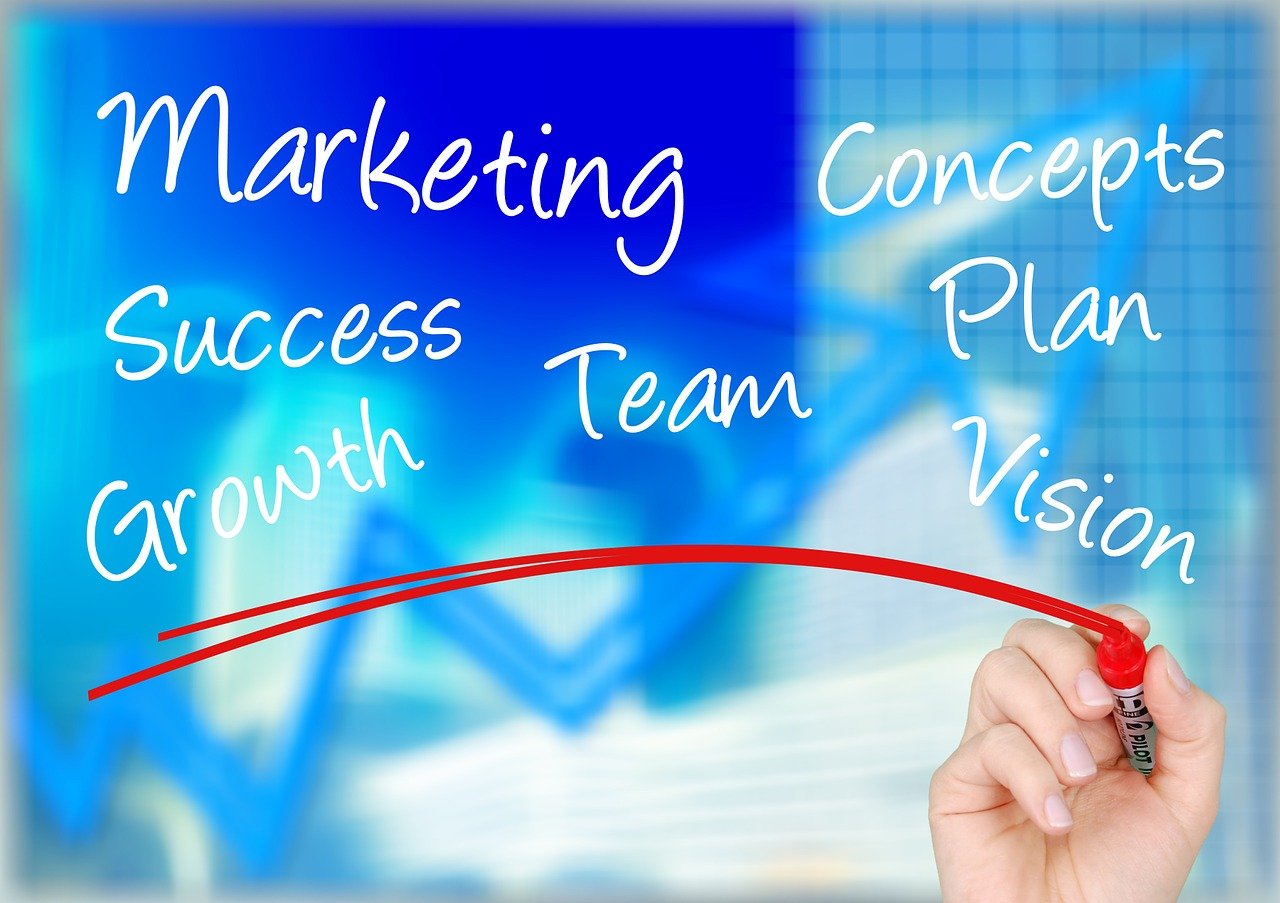In the contemporary business environment, organizations face unprecedented challenges in maintaining leadership continuity amid rapid market changes, evolving workforce demographics, and heightened competition for talent. An effective succession planning process stands as a strategic imperative to safeguard organizational stability and foster enduring growth. Unlike reactive replacement planning, succession planning is a proactive and systematic endeavor focused on identifying and nurturing individuals who can seamlessly transition into key leadership roles. This approach not only anticipates inevitable leadership changes but also aligns talent development with long-term corporate vision, ensuring companies remain agile and resilient. Discovering how industry leaders like Deloitte and Korn Ferry advise on developing robust succession plans unveils proven methodologies, while insights from McKinsey & Company and Harvard Business Review illustrate the integration of leadership competencies with strategic objectives. Organizations leveraging these insights can create tailored development pathways, mitigating risks associated with leadership gaps and driving a culture of continuous engagement and empowerment among their workforce.
Crafting a Strategic Framework for Succession Planning in Key Leadership Roles
Succession planning transcends merely preparing for unexpected vacancy; it is a strategic framework that ensures the sustained health of an organization by aligning leadership development with its future ambitions. To create a robust succession plan for crucial leadership positions, organizations must first conduct an exhaustive evaluation to identify roles that are vital to operational success and long-term strategy. Leaders identified by Mercer and Spencer Stuart emphasize mapping competencies that connect individual capabilities to the company’s evolving needs, thereby prioritizing positions where effective leadership is non-negotiable.
A multi-dimensional assessment framework guides this process, where potential successors are evaluated across parameters such as current performance, readiness to assume greater responsibilities, and alignment with organizational culture. For instance, integrating tools recommended by Korn Ferry, such as the 9-box grid, facilitates a nuanced understanding of where talent stands relative to performance and potential, steering clear of common pitfalls where past achievements overshadow future leadership suitability. Talent calibration sessions involving senior executives and HR professionals are crucial to achieve consensus and honest dialogue about candidate placement and development trajectories.
Organizations must tailor this strategic framework to their size, industry, and maturity level. Deloitte’s approach underscores that succession planning dovetails with broader talent management and risk mitigation strategies, ensuring that leadership pipelines are diverse, dynamic, and scalable. Concurrently, insights from SHRM advocate for embedding succession conversations into regular talent reviews, emphasizing transparency and leadership accountability in nurturing emerging leaders. In practical terms, this translates to well-structured talent metrics and analytics to track progression against organizational benchmarks, enabling data-driven decision-making.
| Step | Key Focus | Best Practice Tools | Expected Outcome |
|---|---|---|---|
| Evaluate | Identify critical leadership roles & potential successors | 9-box grid (Korn Ferry), competency mapping (Mercer) | Clear understanding of leadership gaps and talent pool |
| Calibrate | Validate talent ratings & potential vs. performance | Facilitated talent review sessions (SHRM best practices) | Alignment among stakeholders on talent readiness |
| Develop | Create personalized development plans linked to strategy | 70-20-10 learning model, mentoring programs (Gallup) | Accelerated readiness and capability building |
| Review | Monitor progress & update succession plans regularly | Performance dashboards (PwC), leadership audits | Adaptable plans reflecting current business context |
Employing this strategic framework helps firms reduce disruptions from leadership transitions and builds a resilient leadership culture. It also enables organizations to cultivate trust through succession transparency and emphasizes continuous learning, all while measuring progress against clearly defined strategic goals.

Identifying and Assessing High-Potential Leaders for Effective Succession
Recognizing tomorrow’s leaders today is essential to ensure that critical roles never remain vacant, thereby preserving organizational momentum. Companies such as Bain & Company and McKinsey & Company emphasize that a rigorous and multi-source evaluation approach uncovers truly high-potential individuals who can be groomed for leadership.
The foundation of this identification process lies in defining explicit leadership competencies tailored to specific roles within the organization. These competencies often include strategic thinking, emotional intelligence, adaptability, and influence. This competency framework acts as the benchmark against which candidates are assessed through both qualitative performance reviews and quantitative tools such as psychometric testing recommended by Korn Ferry.
- Multi-rater feedback: Incorporating perspectives from supervisors, peers, and direct reports enables a holistic assessment of leadership potential beyond performance.
- Talent review forums: Facilitated sessions where executives discuss candidates’ readiness and developmental needs, as recommended by SHRM.
- Objective assessments: Use of validated instruments to measure cognitive abilities, leadership styles, and behavioral traits.
- Future readiness indicators: Evaluation of ambition, flexibility, and learning agility to predict adaptability in evolving roles.
Consider a scenario where a technology firm’s leadership identified not only senior managers but also mid-level contributors with strong cross-functional skills as part of their succession pipeline, recognizing that leadership velocity in technology demands breadth and adaptability. Harvard Business Review has shown that focusing on diverse leadership potential at multiple organizational levels results in a more sustainable talent pipeline and a competitive advantage.
| Assessment Dimension | Evaluation Methods | Measurement Focus | Example Outcome |
|---|---|---|---|
| Performance | Performance reviews, KPIs | Results delivered and consistency | High achiever with proven success |
| Potential | Psychometric tests, 360 feedback | Capacity to grow into leadership roles | Identifies emerging leaders |
| Readiness | Readiness assessments, succession bench ranking | Timeframe for filling a role | Prepared for immediate or near-term promotion |
| Cultural Fit | Behavioral interviews, values alignment surveys | Alignment with organizational values | Strong team cohesion |
By systematically identifying high-potentials through methods endorsed by organizations like Bain & Company and Gallup, organizations ensure that the selected leaders not only fit current needs but are primed for future challenges in diverse and evolving business contexts.
Designing Personalized Development Plans to Prepare Future Leaders
Developing succession-ready leaders demands customized development programs that bridge the gap between current skills and those needed for future leadership roles. As highlighted by Together Platform’s comprehensive guide, personalized development plans must align with business goals and leverage multiple learning modalities.
Applying the 70-20-10 model is widely regarded as an effective blueprint. It involves 70% experiential learning via challenging projects or job rotations, 20% social learning through mentorship and coaching, and 10% formal education such as workshops or certifications. For example, Spencer Stuart advocates for targeted mentoring schemes where emerging leaders gain direct exposure to C-suite executives, accelerating both skill acquisition and cultural assimilation.
- Stretch assignments: Assign future leaders to complex tasks beyond their current scope to foster adaptability and problem-solving prowess.
- Cross-functional exposure: Rotate successors through different departments to cultivate a thorough understanding of organizational dynamics.
- Formal training programs: Enroll leaders in tailored leadership courses or executive education to enhance strategic thinking and innovation capabilities.
- Mentorship and coaching: Pair emerging leaders with seasoned executives for personalized guidance and feedback.
Implementing key performance indicators (KPIs) to track progress is indispensable. Mercer’s studies suggest that plans incorporating measurable milestones for development activities improve succession outcomes significantly. In addition to leadership competencies, focus areas such as digital fluency and emotional intelligence are critical given today’s business complexities.

Succession Planning Development Models
Explore the key components of succession planning and how much emphasis to place on each learning type.
Adjust Model Percentages
Drag the sliders to customize the weight of each development model. Total must equal 100%.
Visual Breakdown
A doughnut chart representing the percentage distribution of learning types: experiential, social, and formal learning.
Embedding Succession Planning in Organizational Culture and Leadership Practices
Leadership transitions shape organizational destiny, making it vital for succession planning to become woven into corporate DNA. Bain & Company emphasizes that fostering an environment where leadership development is habitual, transparent, and encouraged at every level builds resilience and trust, key components as described in PwC’s leadership insights.
Embedding succession planning into daily operations means creating formal governance mechanisms and accountability frameworks that ensure continuous attention to talent readiness. For instance, embedding succession metrics in executive scorecards motivates leaders to prioritize development. McKinsey & Company highlights that organizations with mature succession cultures report higher employee engagement and retention rates, illustrating the direct business impact.
- Executive sponsorship: Secure CEO and board commitment to champion succession efforts.
- Integration with talent management: Align succession with performance management, recruitment, and learning systems.
- Regular talent reviews: Conduct biannual or quarterly assessments of leadership bench strength.
- Transparent communication: Share succession strategies and expectations openly to build trust.
Consider a multinational corporation that established a “Leadership Growth Council” composed of cross-functional senior leaders tasked with overseeing succession readiness. This initiative not only streamlined talent calibration but also fostered inclusivity by diversifying the leadership pipeline. According to Gallup’s recent findings, organizations with such inclusive leadership cultures demonstrate 27% greater profitability, underscoring the strategic advantages of embedding succession planning.
Finally, ensuring flexibility to manage unforeseen departures or business shifts means succession plans are living documents, reviewed and adjusted continuously. The role of technology, including advanced HR analytics platforms by firms like Mercer and SHRM, cannot be overstated in enabling real-time monitoring and predictive talent management.

Building a Multilevel Leadership Pipeline for Sustainable Organizational Success
Succession planning is increasingly recognized as a multilevel, systemic process that involves nurturing talent not just at the executive level but across middle and frontline management. According to recent Korn Ferry reports, only a small percentage of organizations actively include a broad range of potential leaders in their succession planning efforts, leaving critical gaps in the talent supply chain that can destabilize operations.
To counter this, companies must develop comprehensive pipelines that focus on cultivating leadership competencies at every tier. This action plan typically involves:
- Early Identification: Spotting high-potential employees early in their careers often through structured talent reviews and engagement surveys.
- Cross-Training: Providing employees with exposure to diverse functions to build versatility and resilience.
- Diversity and Inclusion: Actively promoting a varied leadership cohort to drive innovation and reflect evolving marketplace demographics.
- Mentorship Networks: Establishing robust mentorship programs that support leaders at all career stages.
For example, a global financial services company integrated these principles to enhance middle management succession, resulting in a 15% improvement in internal promotion rates and reduced time to fill key vacancies. Bain & Company and PwC both highlight that organizations adopting such multilevel and inclusive approaches experience fewer leadership transition disruptions and gain a substantial boost in organizational agility.
| Pipeline Level | Focus Area | Development Activities | Expected Benefits |
|---|---|---|---|
| Frontline Management | Operational Leadership | Cross-training, coaching | Improved team productivity and retention |
| Middle Management | Strategic Execution | Rotational assignments, leadership workshops | Enhanced decision-making and innovation |
| Senior Leadership | Visionary Leadership | Executive mentoring, strategic projects | Strong organizational direction and growth |
Building this layered leadership pipeline cultivates organizational depth, mitigates risks associated with unexpected leader departures, and fosters a culture of continuous leadership renewal critical for thriving in a complex 2025 business environment.
What are the first steps in developing a succession plan?
The initial phase involves identifying critical leadership roles and evaluating internal talent according to their performance, potential, and readiness. Engaging senior leadership in mapping competencies aligned with strategic objectives is vital to focus efforts where impact is greatest.
How often should succession plans be reviewed and updated?
Succession plans should be revisited at least annually or whenever significant organizational changes occur. Regular review ensures that development activities remain relevant, and that emerging risks from leadership transitions are effectively managed.
What role does mentorship play in succession planning?
Mentorship accelerates the development of future leaders by transferring institutional knowledge, providing personalized guidance, and expanding professional networks. It fosters confidence and readiness in successors, ensuring smoother transitions.
How can organizations ensure diversity in succession planning?
Embedding diversity goals within succession efforts involves proactive identification of high-potential talent from underrepresented groups, transparent communication about advancement opportunities, and creating inclusive development environments. This strategy is proven to enhance organizational innovation and performance.
Are external hires considered in succession planning?
While succession planning primarily focuses on internal talent, organizations may complement their pipeline with strategic external hires to fill gaps not addressable internally, especially in rapidly evolving markets or specialized leadership roles.


